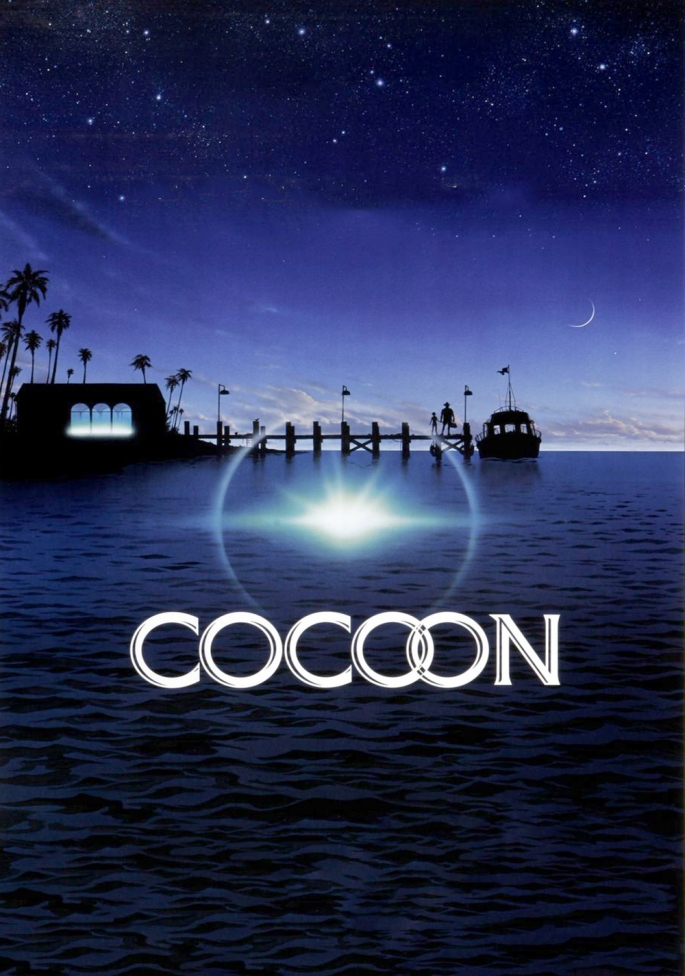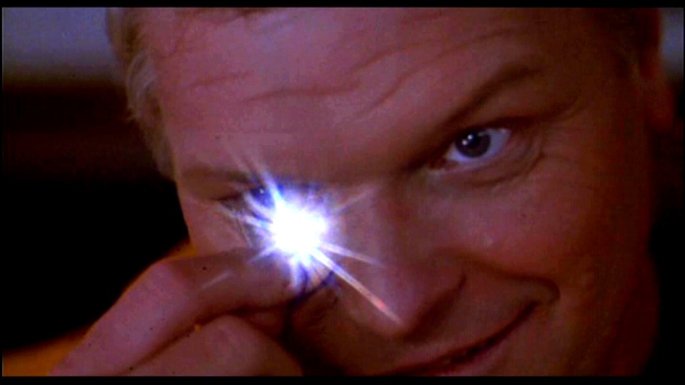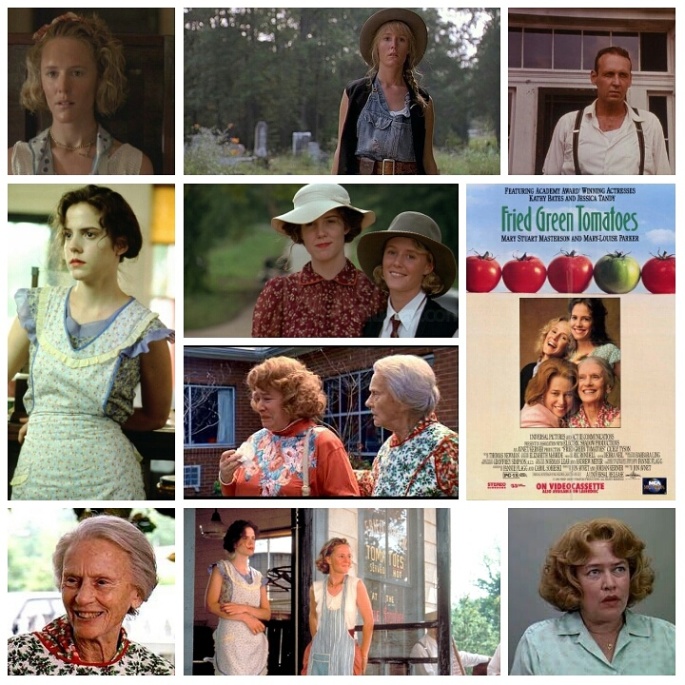
What’s strange is, for the longest time, I had only ever seen the final scenes of Cocoon. A sea covered in mist, a young boy in the water, a boat loaded with elderly people being chased. Then the sky above lights up. The clouds part majestically as James Horner takes over and the ship ascends into a gigantic spacecraft. Wow, I thought. Cool. Have to see that rest of that! It would be a few days later, but, at last, the whole story was mine to experience.
To talk about films like Cocoon, you need to go back to a different age in cinema. Before most of the popular films were adaptations of characters from the funny papers and franchises and cinematic universes were lined up, as far as the eye can see. It was a time of great risk and invention. When a person with a great idea was king, and the power of Hollywood could make such visions sing.
The era of high concept brought us many of the enduring classics which now appear, in many ways, to be timeless. A young Ron Howard would helm the picture, taking control after another icon of the times, Robert Zemeckis, decided to go off and romance a stone, before heading back in time. Howard had already delivered a fascinating modern day fairy-tale with his magical, romantic, comedy-adventure, Splash. In hindsight this was a fortuitous match, one which would propel Howard’s career to new heights, eventually seeing him become the ideal fit for another 80’s fantasy masterpiece, Willow.
The men who had produced JAWS, Richard Zanuck and David Brown, brought together a group of impeccable professionals to join Howard behind the camera – at the same time they assembled an extraordinary group of acclaimed Hollywood veterans, cast to fill out the leading roles of the members of a retirement community on the verge of a close encounter of the third kind. Wilford Brimely, Hume Cronyn, Don Ameche, Jack Gilford, Jessica Tandy, Maureen Stapleton, together with brilliant performances by Brian Dennehy, Steve Guttenberg, Barret Oliver and Tahnee Welch are our guides through a story about youth, and how we find things in life that allow us to hold on to that vital part of our spirit – so that we may live richly, even as the years decline.
This phrase has become a cliché with me, but long have I waited to chat with someone connected with this movie – one of the fantastical cinematic staples of my youth. My guest Tom Benedek was the man tasked with taking an unpublished novel and turning it into a story for us all. A story of how sometimes it takes a stranger to show us what those we share our lives with fail to point out, a story about the wondrous mysteries and possibilities that dance in the sky so full of stars above our heads, and a story about our grandparents and the lessons, indeed the wisdom they try to send us . . . and how when their time comes, how hard it is to let them go.
So, as it has happened so many times for me while writing for PTS, my dreams have come true. I now have a glimpse, and not a mere EPK look behind the scenes. I have my story of the creation of a science fiction and fantasy film-making high water mark, from the man who brought it to life on the humble script page.
















